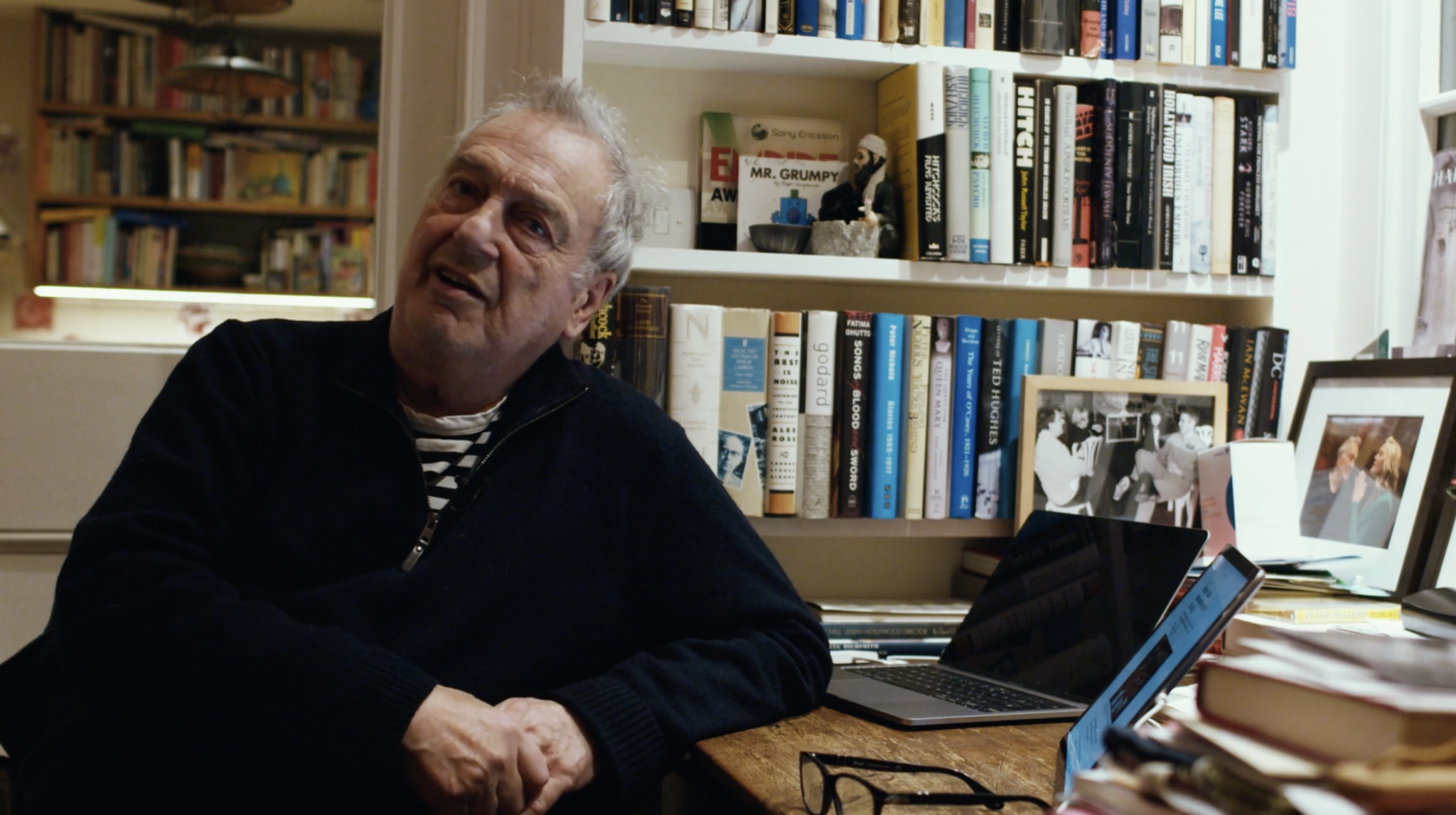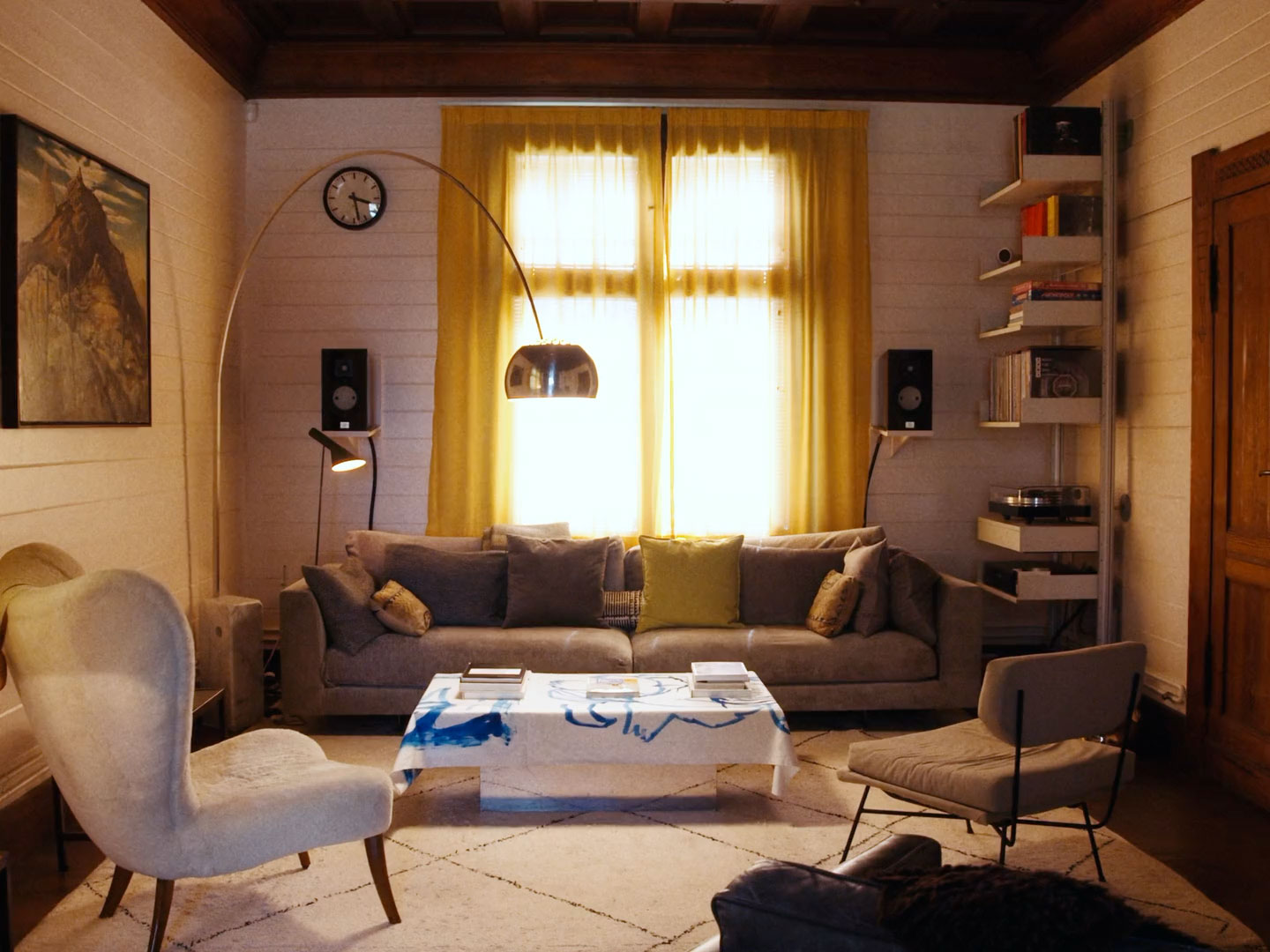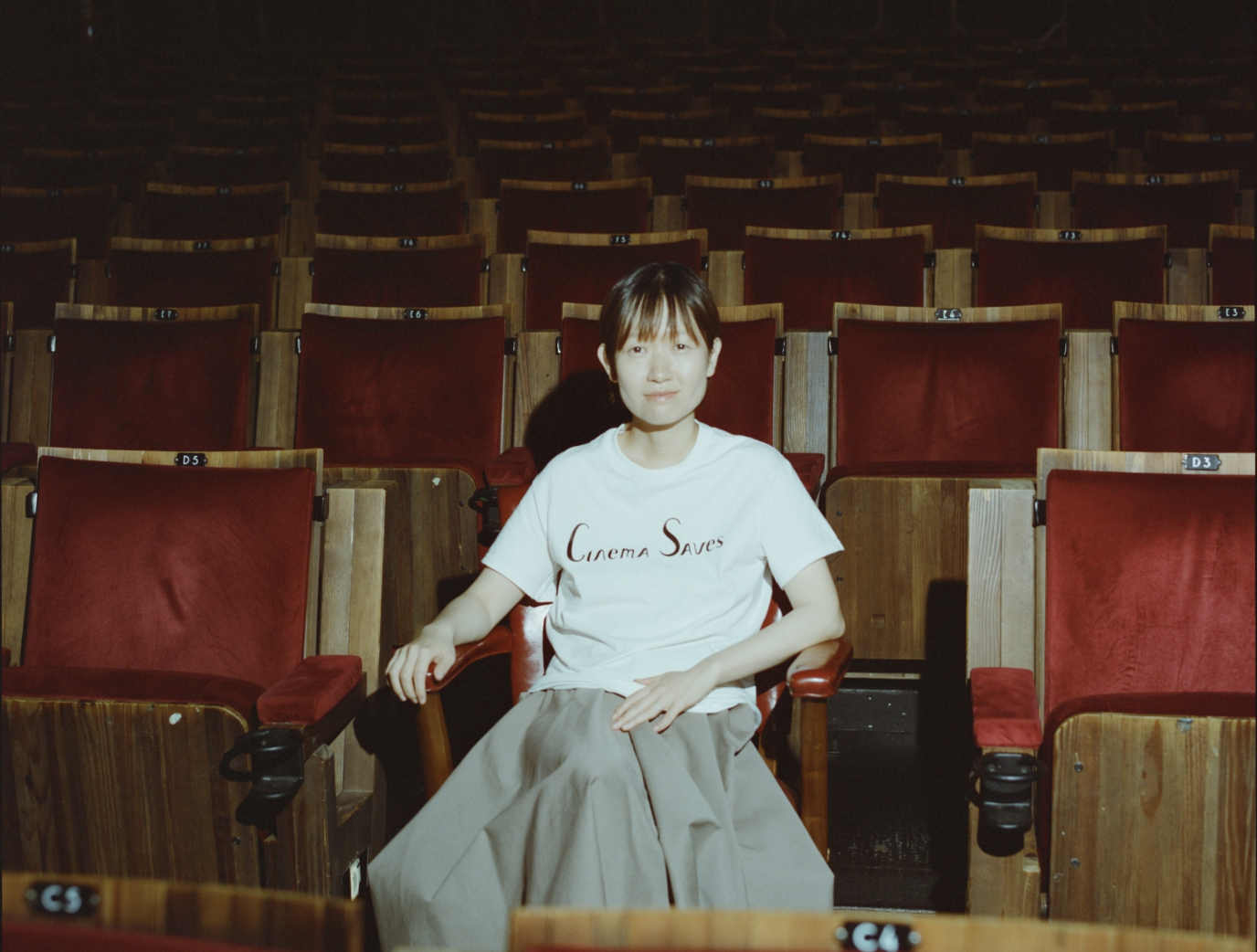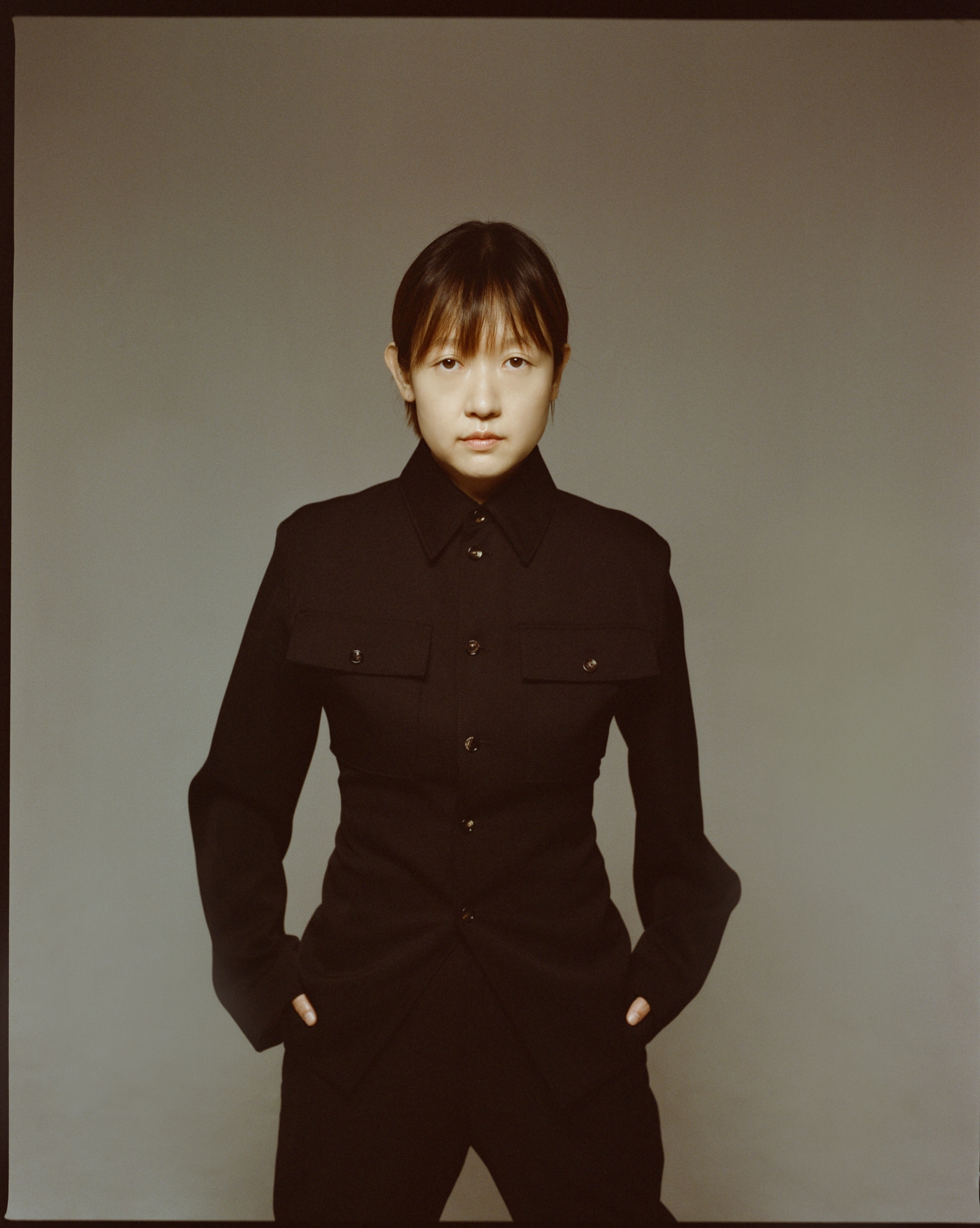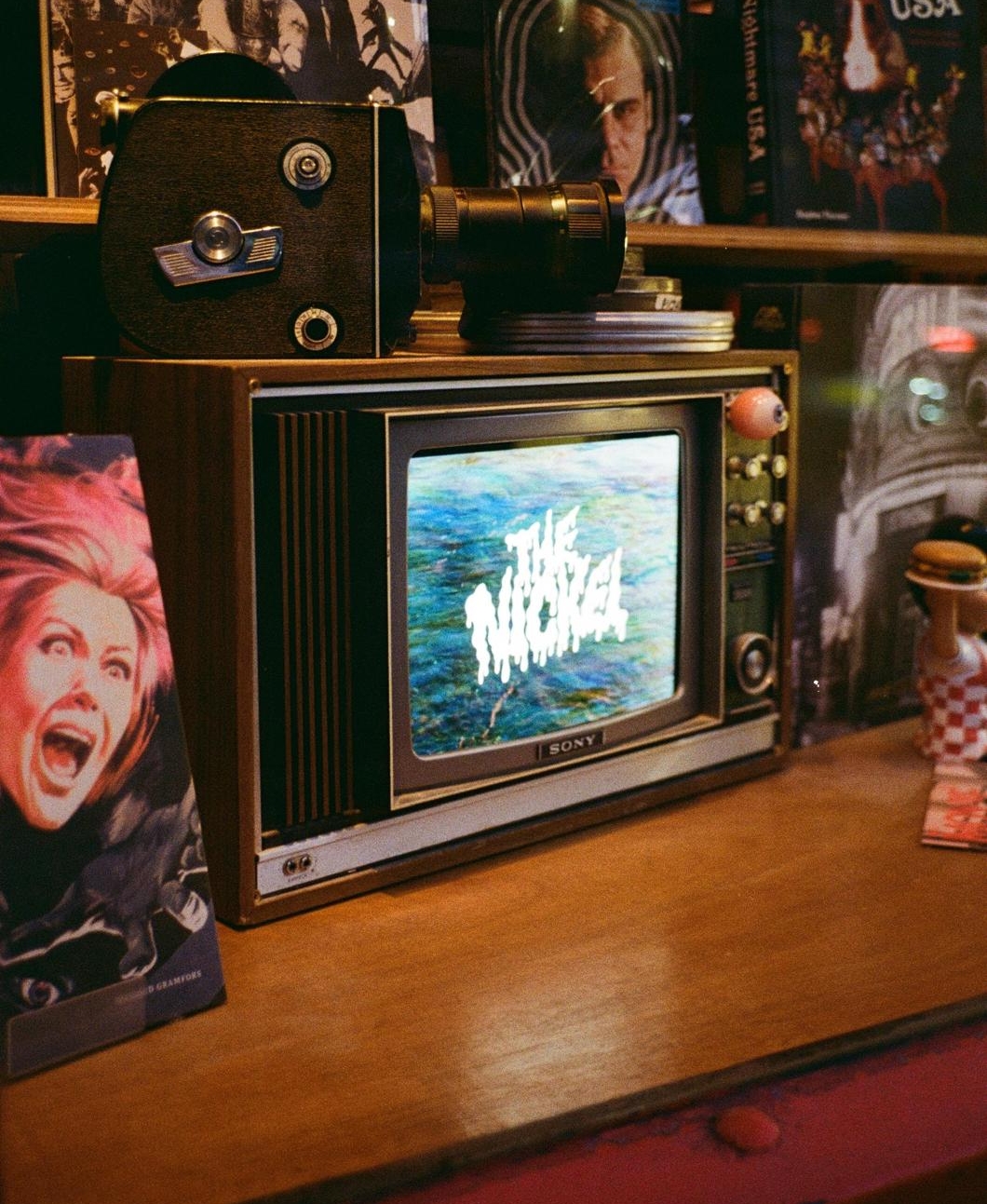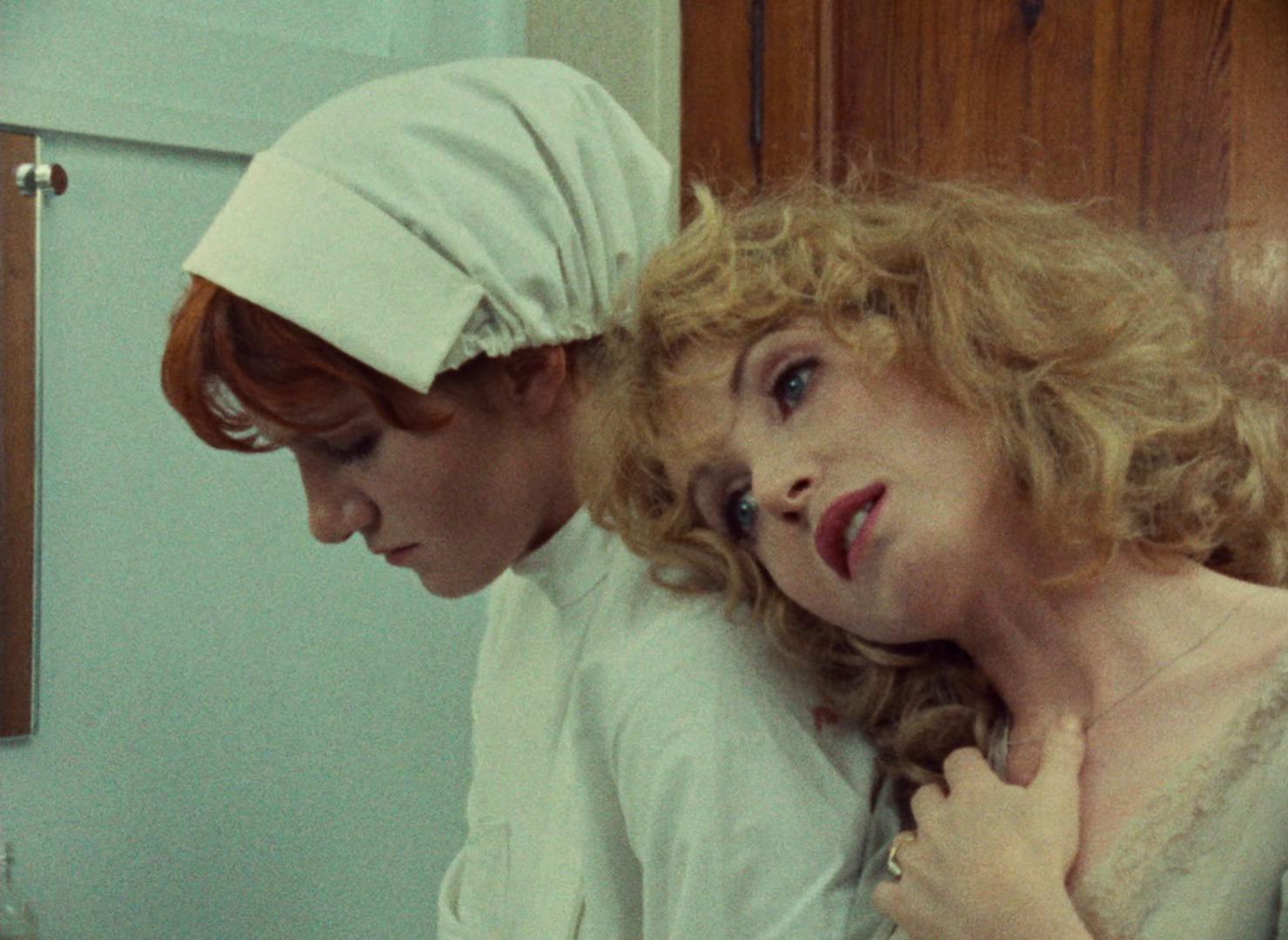
Kentridge’s name is ubiquitous in any modern discussion on the politics and art of South Africa. Born in 1955 to Jewish lawyers, the lifelong Joburger drifted in his home city as an inbetweener: both disgusted by apartheid (a political system his parents worked against), but unwilling to tailor his art around the A.N.C’s emerging ideology. Training first as a mime, his self-admitted “third life” as an artist in his late 20s revels in gallows humour: using triptychs, snatched quotes, prints and rough-hewn charcoal to communicate the absurdism of his ever-troubled South African landscape.
Rising to global prominence with the 1989-2003 animations 9 Drawings for a Projection, Kentridge’s charcoal animations offer up a grotesque etching of society: refusing to separate history from the politics of New South Africa, his technique of smudged and overdrawn shadows “has within it the idea of painting over the old…the naturalisation of things new.” Mixing live film, animation, sculpture, dance and print over almost a half-century career, utopian imagery, ambiguity and memory have become the artist’s political leitmotif: working, like In Oh To Believe In Another World (2022), as shadowy undercurrents to lyrical promises. Exhibited in the Louvre, The Museum of Modern Art, The Met and the Venice Biennale, Kentridge’s darkly imaginative circus is now celebrated across the globe. Now, following an exhibition at the Royal Academy and the launch of his retrospective print collection at The Goodman Gallery, he answers some of our pressing questions.

Your South African roots and the complicated political history of that land have provided you with a challenging canvas and life. How does the political landscape—everchanging in Africa—influence your current work?
I think it influences my work the way it always has. All of the world (whether it is local South African politics or something further afield) comes into the studio. Both internally in my head but also in the form of postcards, newspaper cuttings, emails…
And they are kept up and rearranged, as one does in the studio. A collage is made of different fragments, which sometimes emerge as a drawing. And sometimes there’s a film. Sometimes as a performance. So it doesn’t feel that it has fundamentally changed, while the politics in South Africa have changed. The specifics have but the principle and my way of working and thinking have not altered fundamentally over a few decades.
Do you feel deeply African?
That’s a very difficult question. There’s a sense that being an essential African is a false goal. And there’s also a polemical saying that no one should feel deeply African. There are so many different parts of many other things—if you’re a peasant living in an African hut, the chances are your life has also been shaped by the colonial experience over the last several-hundred years. If you came to South Africa from overseas, your life is still being shaped by being a privileged white person in the sea of a larger number of Black people and people of different traditions, histories, and religions. In the idea of separate classifications, we deny the complexity of the mix that goes into it.
Of course, I regret not having a tradition of another language, of another song and only having those things second hand. But I feel there’s a point to be made about the bastard nature of all people, of all places.
It’s kind of shocking when you go to a very homogenous country—maybe like Japan—where you have a sense that the mixing of other people outside is an anomaly rather than central to it. In South Africa at the moment, there is such a large number of people from other parts of Africa, Cameroon, Nigeria and various places, and one has to accept them. And this is obviously challenged by a lot of xenophobic behavior in South Africa. But this mix—this bastard mix—is where we are.

You work with film and draw with charcoal. Which medium do you get the most satisfaction from?
Very often the charcoal drawings are filmed while they’re being made, and the charcoal drawings become an animation. That becomes part of the film.
I suppose that’s the medium I’m most deeply at home with: charcoal drawings altering into films. It’s the fundamental form I’ve worked with for the last thirty years. But I’ve also worked a lot with other forms of animation, and other kinds of filmmaking, like filming real humans. I’ve never tried making a feature film though…
Which films, political and otherwise, have moved you the most?
I’m sure The Man With the Movie Camera was fundamental to my sense of what a film could be. I don’t think I’ve seen a film made since then that has that wildness of ambition and way of working. I’m sure there are many others, but that, for me, was fundamental. And then as an adolescent, films like Battle For Algiers and Z were very powerful and emotional films. But I also have to say that Some Like it Hot is fundamentally deep in my DNA. Of course, knowledge of African cinema is much more recent and much more sketchy.
That’s partly the result of the first half of my life being under apartheid. Those films were not available in South Africa and if they were, I never came across them. They’re hard to come across in a way that European, Asian and American films are.

Were you not to live in Johannesburg, where would you go?
There are many cities where it would be both a pleasure and possible to live. I suppose starting with London or New York because they’re in the English language. And although I struggle with other languages, Paris and Rome would be next. There are many cities I’ve had a great pleasure being in, but couldn’t quite imagine living in. Cape Town would be the obvious alternative but as a lifelong Johannesburg citizen, the idea of moving to Cape Town sticks in my throat.
Your animations in 9 Drawings for a Projection have a dreamlike sense of a society in decay and you mentioned that both the title and mayor of Johannesburg, 2ndGreatest City after Paris came to you while sleeping. What is it about politics that attaches itself to this nightmarish energy?
The title and the character in Johannesburg, 2nd Greatest City after Paris, which was made thirty-three years ago, did come from a dream. When I started it, I had no idea that those characters or that way of filmmaking would become an important part of my practice in my studio for the next thirty years. Otherwise I’d have taken more care with names and characters and what they did.
But because they all came from a dream, one doesn’t question the appearance in a dream—it’s a given. If one looks for logic, that’s not a possibility. Within the world of dreams, you could look for an interpretation if one is deeply Freudian, but I accepted them as a gift.
And I’ve stuck with them—the name at any rate—but otherwise I don’t see my works as a dream diary. I’m not trying to track dreams, or even necessarily have the logic of a dream in a literal sense. But I suppose they do follow it; in the sense that they’re made without a script or a storyboard. From the fragments that emerge under the camera, in different drawings that are made over several months, a kind of narrative or flow of action emerges, which could be seen as dreamlike. But the radical jumps you have in a dream are not so present in these films.
I’d love it if there was the imagination in me to make more radical jumps.
Each time I start a film, I think I’m going to allow for far more radical shifts and transitions and each time, those shifts become hard, and then there’s a great difficulty. The tradition of animation is that there are no consequences to transformation. A steamroller can go over you and you are flattened like a piece of paper. But in the next frame, you stand up and reconstitute yourself, and then a safe falls on your head in the next moment and you’re up again. So there’s a sense of no weight of consequences to actions. But the films that I have much more difficulty with are when each new image has to be fought for.

So are there any silent films that have influenced your style?
There are a lot of old silent films. The Murnau films and certain obvious ones like Metropolis, but also Buster Keaton films, and silent Chaplin films. Then of course the great films have to go right back to George Méliès, which is fundamental to thinking about what one can do with the camera in the studio. The mixture of a drawn backdrop and having the artists perform in front of his own drawing has certainly influenced me.
Many years ago, I curated Trevor Smith and he did an exhibition in Australia called The Divine Comedy in which he put together etchings of mine, etchings of Goya and films of Buster Keaton. And that was a revelation for me, thinking in those terms. So after that I started looking much more closely at Buster Keaton’s films.
What did your training as a mime teach you most as an animator?
My training as a mime was—as you say—fundamental in thinking about the origin of a movement or gesture. It’s the heart of it: what is needed, what is not needed, and learning to think through the body rather than thinking psychologically. You know, allowing the body rather than the head to lead you in the studio means allowing a lot of leeway to your arm, your hand, it means giving an image the benefit of the doubt, seeing what the image means at the end.
In terms of technical animation, though, I’m still a real amateur. I don’t know a classical walking cycle—like the twelve stages of walking, or even leaning back—but I know the gathering of energy before a movement. As a mime, rather than Marcel Marceau being trapped inside a glass box, we learnt that meaning can be given by an actor before the words emerge, even before the expression of the face.
What’s in the body, will tell you what’s being said.

At A Rabbit’s Foot, we’re deeply moved by your use of drawing and of the political and human power of your work. What does the future of Africa look like to you?
I can’t really have a continental view. Johannesburg is one area in the southern area of the southern tip of the continent. I get news reports of the rest, but no more news reports than you or anyone else would have of the events and details of the war in Sudan, the long-term conflict between Arab north, the Christian South, or the animus Southern Sub-Saharan Africa. These are battles—which on thought finished in the 18th or 19th century yet which are still even more present than ever today with the rise of Islamic fundamentalism in Africa—which is a rise that continues the Jihad of the Madhi of Khartoum one-hundred-and-fifty-years ago.
So in those broad shapes, I see more of a continuity than a discontinuity.
And in South Africa, after the thirty years since the ending of apartheid, I would have to say that I’m cautiously pessimistic. One has to understand that two futures unrolled at the same time: a pessimistic one and an optimistic one. And to claim one is simply one way or the other is to be blind to part of what is happening in the world. But at the moment I feel that in this World Cup, the pessimistic side is about three nil up in the game. It’s a big way for the optimistic side to make up for that deficit and force it into extra time.
But the capacity of humans to muddle along is always outrageously strong. Within these difficult times, there are fantastic projects and people and undertakings and optimisms that I hang on to very strongly.

